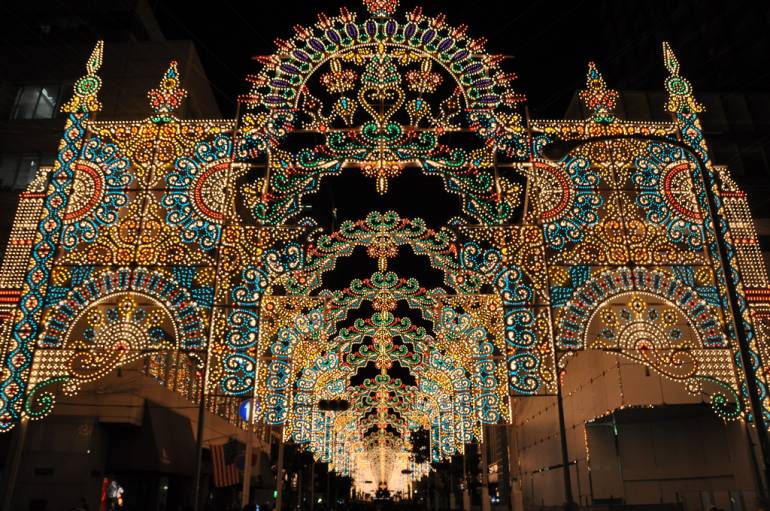The other weekend, Jason and I visited the Great Hanshin-Awaji Earthquake Memorial Museum. The Great Hanshin Earthquake occurred on January 17, 1995, at 5:46 am in Kobe and the Hanshin area.
While most people were sleeping, the sudden earthquake collapsed roofs, threw vehicles, and reduced major bridges and buildings to rubble. Over 6000 people died. 400 000 buildings, and 120 of Kobe's 150 quays were destroyed. One in five buildings were completely uninhabitable. The Earthquake was a 7.2 on the Richter scale, which is not the largest earthquake Japan has seen, but this one was different to others, and much more dangerous because of the severe amount of ground motion and its proximity to urban areas. The velocity and displacement of the ground motion were extremely high compared to the records from other earthquakes, making this the second most deadly earthquake in all of Japan's history.

The first thing that we say when we entered the museum was a simulation of the earthquake, showing video demonstrations of the events that occurred during the Earthquake. We saw building collapse on sleeping families, cars crossing bridges which promptly crumbled into the sea, and earth jutted up and down, with water pouring out of the ground from liquefaction.
After this loud simulation, we were shepherded into a theater, where we watched a video that depicted the true story of a young girl who was sleeping at the time of the earthquake. Her sister and herself were trapped under the rubble. People were able to pull out the girl in the story, but her sister unfortunately didn't make it. We saw footage of the houses everywhere on fire. As gas lines broke, the whole of Kobe erupted into flames. In some of the real footage, we grown men screaming and crying, being pulled from the rubble or searching for their loved ones. I will admit, it was quite shocking, and I cried.
After this video we made our way out into the main area, where we saw live demonstrations of how liquefaction works, and how Japan has now reinforced their houses and buildings so that this devastation does not happen again. They've implemented structures within high buildings that prevent them from swaying in an earthquake, stopping them from collapsing on the buildings nearby, and they've strengthened the ground floor of shorter buildings, the reinforcement in the ground floor stabilizing the rest of the building and helping to prevent the collapse that was so commonly seen in the Hanshin Earthquake.
After the Hanshin Earthquake, so many people were displaced. The reconstruction of the city started immediately. A year after the earthquake, imports and exports through the Kobe ports were back up to pre-earthuake levels, and within 15 months manufacturing was back to 98% of it's pre-earthquake level.
Since so many had to suffer through darkness in 1995 as a result of infrastructure damage from the earthquake, in 1996 Kobe started the Kobe Illuminarie, a Winter illumination of the city in memory of the victims of the earthquake and a symbol of hope, renewal and repair.


No comments:
Post a Comment